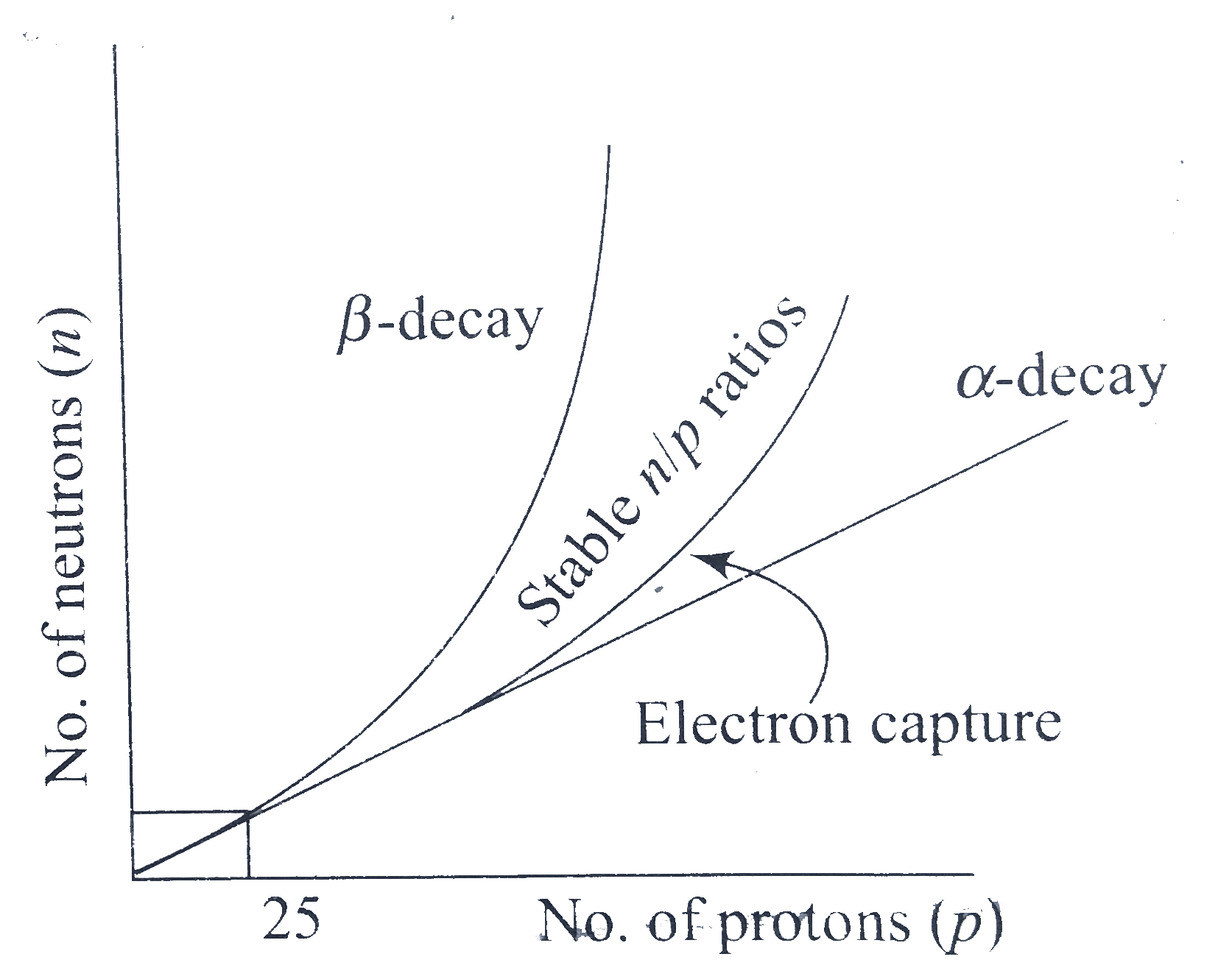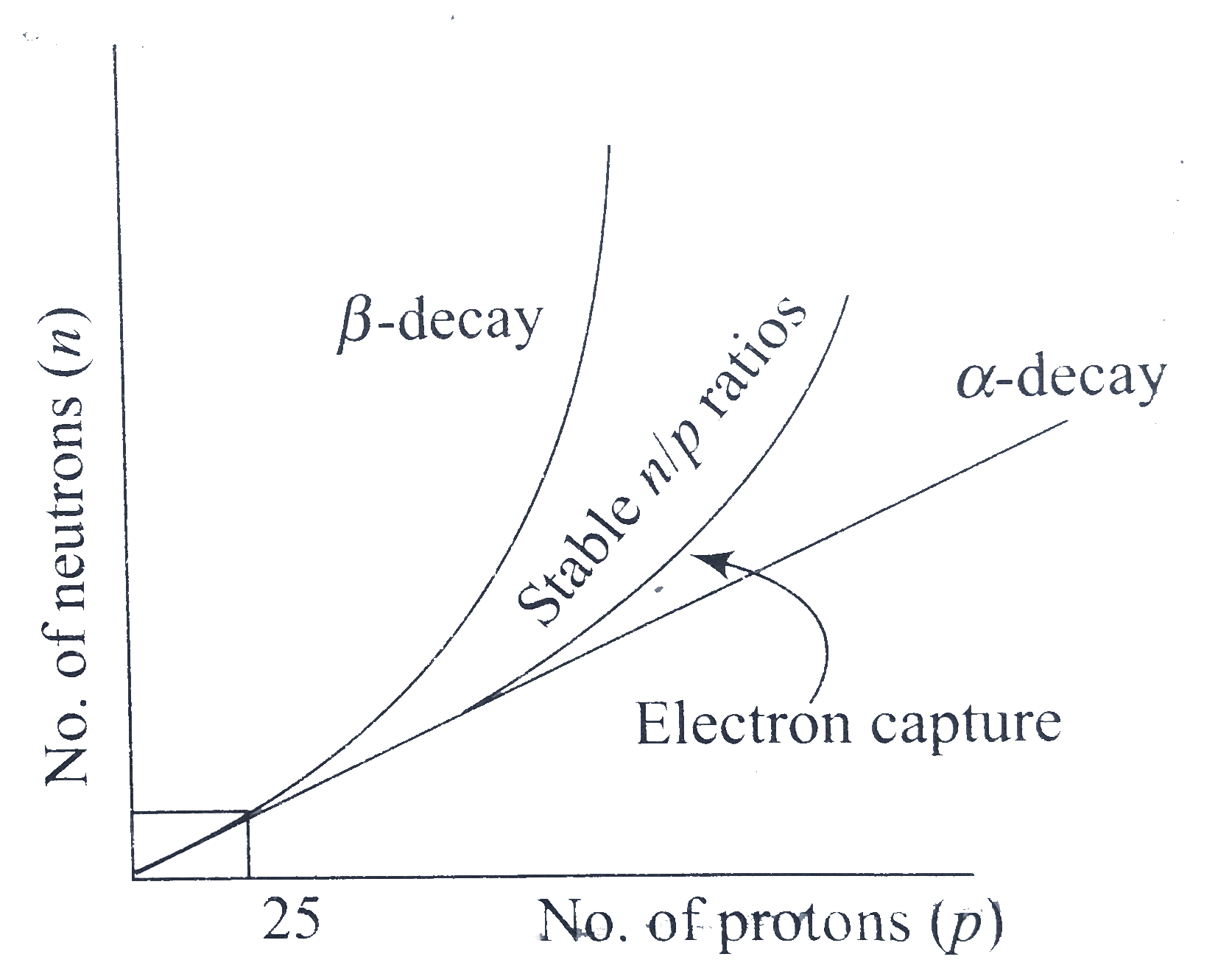A nuclide of an alkaine earth metal undergoes radioactive deacy by emission of three α− particles in sucession. The group of the periodic tablle to which the resulting daughter element would belong to:
group 4
group 16
group 14
group 6
The correct Answer is:A
To determine the group of the periodic table to which the resulting daughter element belongs after an alkaline earth metal nuclide undergoes radioactive decay by emitting three alpha particles, we can follow these steps:
Step 1: Identify the Initial Element
Alkaline earth metals belong to Group 2 of the periodic table. Let's denote the initial alkaline earth metal as element A with atomic number Z and atomic mass A.
Step 2: Understand Alpha Decay
Alpha decay involves the emission of an alpha particle, which consists of 2 protons and 2 neutrons. Each time an alpha particle is emitted, the atomic number of the element decreases by 2, and the atomic mass decreases by 4.
Step 3: Calculate Changes After Emitting Three Alpha Particles
Since three alpha particles are emitted, we can calculate the changes in atomic number and atomic mass as follows:
- Change in Atomic Number:
Zfinal=Z−2×3=Z−6
- Change in Atomic Mass:
Afinal=A−4×3=A−12
Step 4: Determine the Group of the Daughter Element
After the emission of three alpha particles, the resulting daughter element will have an atomic number of Z−6.
Since the original element A is from Group 2, we know that:
- Group 2 elements have atomic numbers ranging from 4 (Beryllium) to 88 (Radium).
- The group number of an element can be determined by its atomic number.
To find the group of the daughter element:
- If the original element is in Group 2, subtracting 6 from its atomic number will place it in Group 14 (since Group 2 - 6 = Group 14).
Conclusion
Thus, the resulting daughter element after the emission of three alpha particles from an alkaline earth metal will belong to Group 14 of the periodic table.
Alkaline earth metals belong to Group 2 of the periodic table. Let's denote the initial alkaline earth metal as element A with atomic number Z and atomic mass A.
Alpha decay involves the emission of an alpha particle, which consists of 2 protons and 2 neutrons. Each time an alpha particle is emitted, the atomic number of the element decreases by 2, and the atomic mass decreases by 4.
Since three alpha particles are emitted, we can calculate the changes in atomic number and atomic mass as follows:
Zfinal=Z−2×3=Z−6
Afinal=A−4×3=A−12
After the emission of three alpha particles, the resulting daughter element will have an atomic number of Z−6.
- The group number of an element can be determined by its atomic number.
- If the original element is in Group 2, subtracting 6 from its atomic number will place it in Group 14 (since Group 2 - 6 = Group 14).
Thus, the resulting daughter element after the emission of three alpha particles from an alkaline earth metal will belong to Group 14 of the periodic table.
Similar Questions
An alkaline earth metal is radioactive. It and its daughter element decay by emitting 3 α- particles in succession. In what group should the resulting element be formed?
View SolutionTo which group of the modern periodic table do alkaline earth metals belong?
View SolutionWhat is group displacement law ? An element belonging to group 1 decay by βc−− emission. To which group of the periodic table the daughter element will belong ?
View SolutionIf a nuclide of an element in group I A (1st group) undergoes radioactive decay be emitting β⊕, what will be the periodic group of the resulting element?
View SolutionTwo long parallel conducting horizontal rails are connected by a conducting wire at one end. A uniform magnetic field B (directed vertically downwards) exists in the region of space.

A light uniform ring of diameter d which is practically equal to separation between the rails is placed over the rails as shown in Fig. If resistance of ring be (λ) per unit length
The force required to pull the ring with uniform velocity v is
View SolutionA radioactive substance .)(88)X228 (IIA) emits 3α and
3β-particles to form 'Y'. O which group of long form of the periodic table
does 'Y' belong?
View Solution(A) The position of an element in periodic table after emission of one α and two β-partilce remians unchanged.
(R ) Emission of one α and two β particles gives isotope of the parent element which acquires same position in the periodic table.
View SolutionHeavy radioactive nucleus decay through α−decay also. Consider a radioactive nucleus x. It spontaneously undergoes decay at rest resulting in the formation of a daughter nucleus y and the emission of an α− particle. The radioactive reaction can be given by
x→y+α
However , the nucleus y and the α− particle will be in motion. Then a natural question arises that what provides kinetic energy to the radioactive products. In fact, the difference of masses of the decaying nucleus and the decay products provides for the energy that is shared by the daughter nucleus and the α− particle as kinetic energy . We know that Einstein's mass-energy equivalence relation E=mc2. Let mx,my and mα be the masses of the parent nucleus x, the daughter nucleus y and α− particle respectively. Also the kinetic energy of α− particle just after the decay is E0. Assuming all motion of to be non-relativistic.
Just after the decy , if the speed of α− particle is v, then the speed of the centre of mass of the system of the daughter nucleud y and the α− particle will be
View SolutionVarious rules of thumb have seen proposed by the scientific community to expalin the mode of radioactive decay by various radioisotopes. One of the major rules is called the n/p ratio. If all the known isotopes of the elemnts are plotted on a graph of number of neutrons (n) versus number of protons (p), it is observed that all isotopes lying outside of a ''stable'' n/p ratio region are radioactive as shown fig. The graph exhibits straight line behaviour with unit slope up to p=25. Above p=25, tgose isotopes with n/p ratios lying above the stable region usually undergo beta decay. Very heavy isotopes (p>83) are unstable because of their relativley large nuclei and they undergo alpha decay. Gamma ray emission does not involve the release of a particle. It represnts a change in an atom from a higher energy level to a lower energy level.

How would the radioisotope of magnesium with atomic mass 27 undergo radioactive decay?.
View SolutionVarious rules of thumb have seen proposed by the scientific community to expalin the mode of radioactive decay by various radioisotopes. One of the major rules is called the n/p ratio. If all the known isotopes of the elemnts are plotted on a graph of number of neutrons (n) versus number of protons (p), it is observed that all isotopes lying outside of a ''stable'' n/p ratio region are radioactive as shown fig.5.28. The graph exhibits straight line behaviour with unit slope up to p=25. Above p=25, tgose isotopes with n/p ratios lying above the stable region usually undergo beta decay. Very heavy isotopes (p>83) are unstable because of their relativley large nuclei and they undergo alpha decay. Gamma ray emission does not involve the release of a particle. It represnts a change in an atom from a higher energy level to a lower energy level.

Which of the following represents the relative penetrating power of the three types of radioactive emission in decreasing order?
View Solution
